Ask Ethan #72: The timeline of the Universe
We claim to know the Universe’s history to incredible precision. But is this justified?
“The only reason for time is so that everything doesn’t happen at once.”
-Albert Einstein
We’ve reached the end of another spectacular week, which means it’s time to go to the mailbag for Ask Ethan. Each week, you send in your questions and suggestions, and I choose my favorite to showcase a little something about the Universe. Or in today’s case, a big thing! Today’s all-encompassing question comes courtesy of Scott Robbins, who wants to know:
I am confused about the timeline of the Big Bang. When scientists talk about the beginning of the universe, the formation of the elements and the creation of galaxies, etc. they cite extremely specific time intervals in which these things occur… Where do they get these numbers? There is no way to have them be empirically confirmed, and yet they are given to extreme degrees of accuracy (and with confidence). How can scientists be so confident in these times, and where are the numbers coming from?
He includes a link to a helpful image to illustrate this. (Reproduced here.)
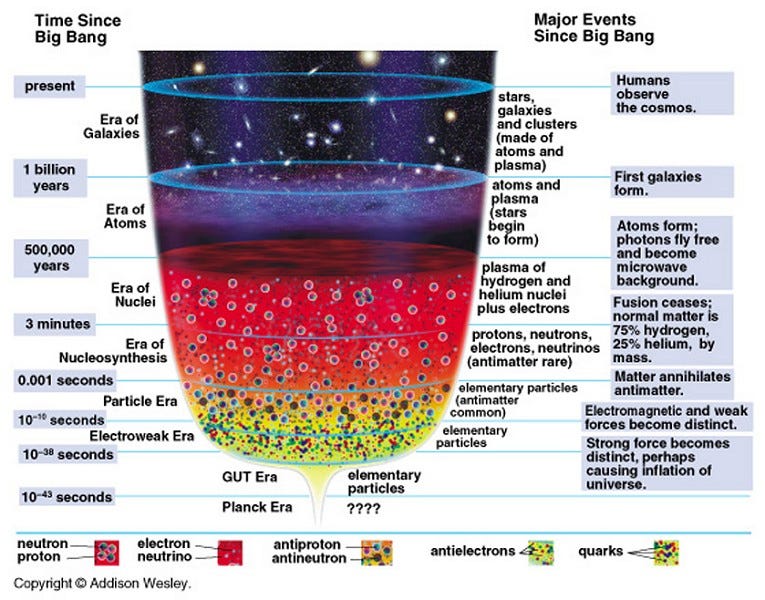
This image is mostly correct (but not entirely), and it leaves out something that I would consider very important: error ranges. There are uncertainties on all of these, but nonetheless, the general picture is true, and the uncertainties are relatively small.
How do we know? There are three things that conspire together:
- We understand how the Universe expanded, and hence, what its physical size-and-scale is as a function of time.
- We understand how the temperature (and hence, energy) of the particles in the Universe depends on the expansion history.
- We understand — to varying degrees — the physical processes that determine each of these steps, and how they evolve.
Let’s take a glimpse at each of these, individually, and then put the full story together.

How does the Universe expand? This is actually one of the most straightforward ones, and the physics of it was figured out as early as the 1920s and 1930s, by (independently) Alexander Friedmann, Georges Lemaître, Howard Robertson and Arthur Walker. In General Relativity, if your Universe is filled with roughly the same amount of matter-and-energy in all large-scale regions, there are only two things that determine how it evolves: the initial expansion rate and what type of “stuff” is present in your Universe.

The various types of “stuff” include:
- normal (protons, neutrons and electrons) matter,
- dark matter,
- photons,
- neutrinos,
- energy intrinsic to space itself (dark energy/cosmological constant), and
- a whole slew of things that are possible but don’t appear to be present in our Universe, such as cosmic strings, magnetic monopoles, domain walls, cosmic textures, and spatial curvature.
In our Universe, we’ve not only measured what we have today, but we also know what the mix of all of these ingredients were arbitrarily back in the distant past.
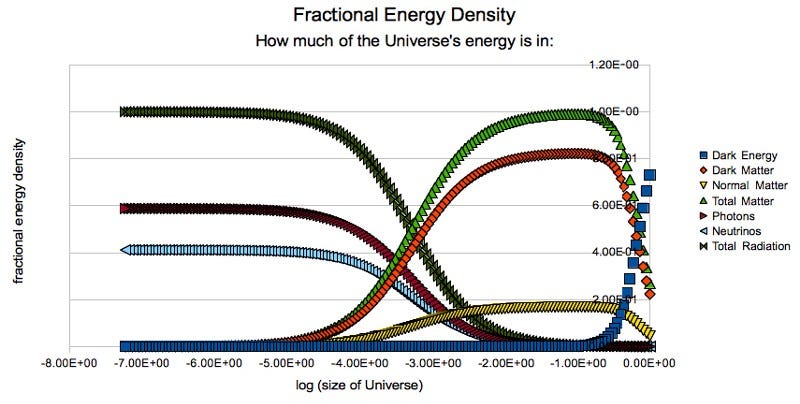
So that’s the first part: how the Universe expanded over time. But the second part is just as important.
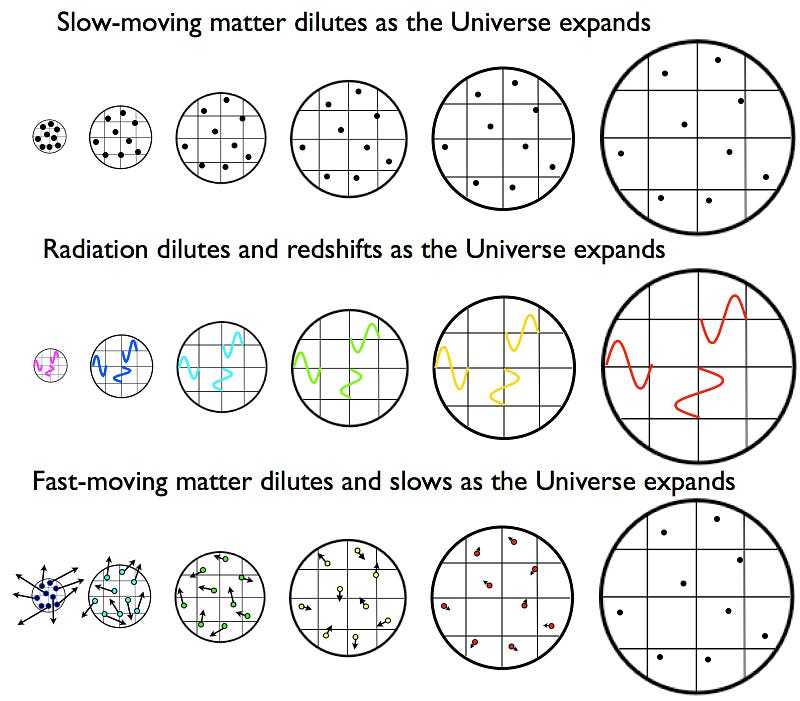
How does the temperature/energy of the particles behaved in the distant past? When you think about the Universe expanding or contracting, you most likely think about a fixed amount of “stuff” inside a changing volume. As the volume increases, the density goes down; as the volume decreased, the density goes up.
But there’s another component to this: for radiation, the wavelength of the photons either stretches (for expanding) or compresses (for contracting) as the scale of the Universe changes. Since wavelength determines a photon’s energy, a contracting Universe gets more energetic photons in it, while an expanding one sees the photon energy plummet. And hence, when the Universe was smaller in the distant past, its temperature was hotter as well. (For particles, their kinetic energy does the same thing as photon temperature.)
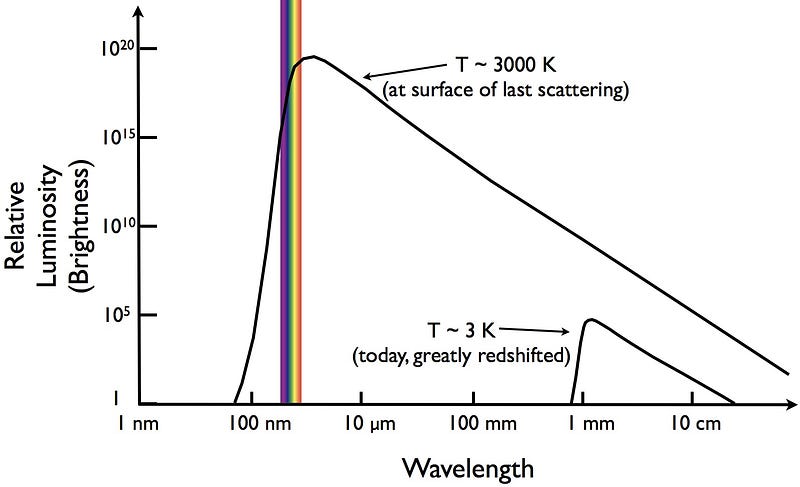
This is related to the scale of the Universe in an incredibly straightforward way: for every multiplicative factor that the Universe was smaller, the photon energy-and-temperature was that much higher. A Universe that was half the size has twice the temperature; a Universe that was a tenth the size has ten times the temperature; a Universe that was a millionth the size has a million times the temperature.
So at any given time in the Universe’s past, so long as we know what makes/made the Universe up and how it expanded, we know what its temperature and energy was.
And finally…
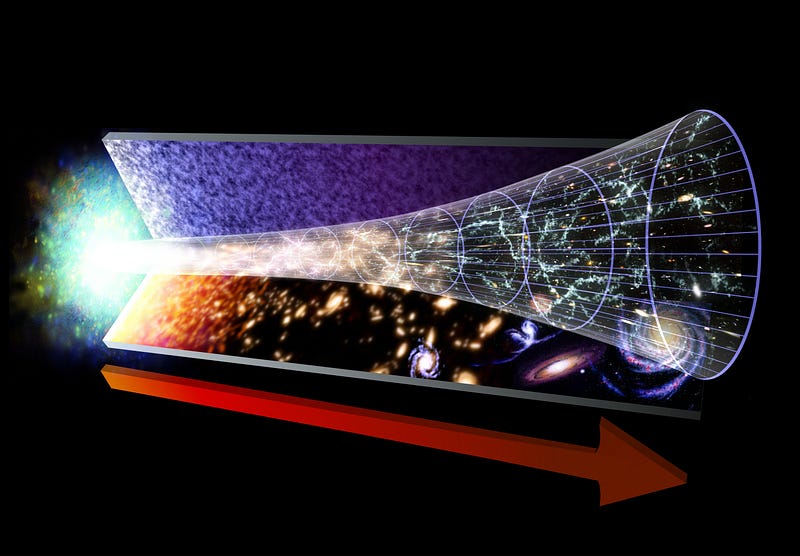
What were the physical processes that determine each of these steps? This last one is where uncertainties come in, but they are small uncertainties, given all that we know.
Individually:

Galaxy formation happens, based on our best observations, at least as early as 380 million years into the Universe, because that’s where the most distant galaxy known has been found! (Above.) Simulations and calculations of large-scale structure formation and its growth, combined with our (measured) understanding of what the original fluctuations were that the Universe started off with, lead to our best estimates that the first protogalaxies formed sometime around the Universe being between 130 million and 210 million years old. Of course, it’s an ongoing thing that continues after that as well.
The first stars should have formed earlier than that, and hopefully the James Webb Space Telescope will be able to actually find some of the earliest and most luminous ones! From simulations, we expect that the truly first ones will form sometime between 40 million and 100 million years into the timeline of the Universe, with, again, a great increase in star formation happening as time goes on after that.
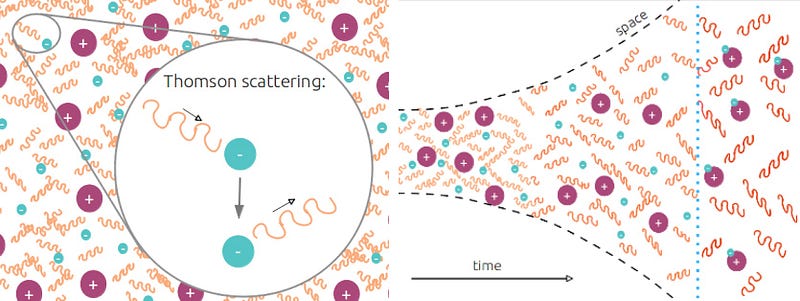
Even earlier than that, we come to the formation of neutral atoms, something that’s very straightforward to calculate thanks to the well-known ratio of photons-to-protons/neutrons/electrons in the Universe, and the physics of how neutral atoms form. This happened when the Universe was 380,000 years old, but it happened gradually, over a time period of about 117,000 years, with 380,000 as the mean age of the Universe when it became neutral.
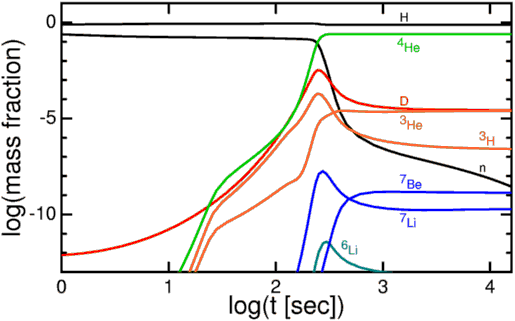
Earlier than that, we have the formation of the lightest atomic nuclei: Big Bang Nucleosynthesis. This happened over time, again, but most of the “important” stuff happened when the Universe was between about three and four minutes old. Three minutes and 45 seconds is the best time estimate I can give you for nucleosynthesis’ approximate completion.
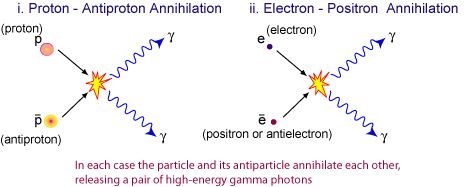
Matter-antimatter annihilation happens in stages; electron-positron annihilation happens when the Universe is between one and three seconds old, but those are the lightest particles. Heavier ones annihilate away earlier, which is why particles that stopped interacting with the rest of the Universe early on (like neutrinos) have a lower temperature than photons do today.


Electroweak symmetry breaking occurs at a scale that’s approximately equal to the masses of the heavy, weak force-mediating bosons. All we need to do is find what temperature that occurs at and we can figure out age of the Universe at that time: about 0.1 nanoseconds.
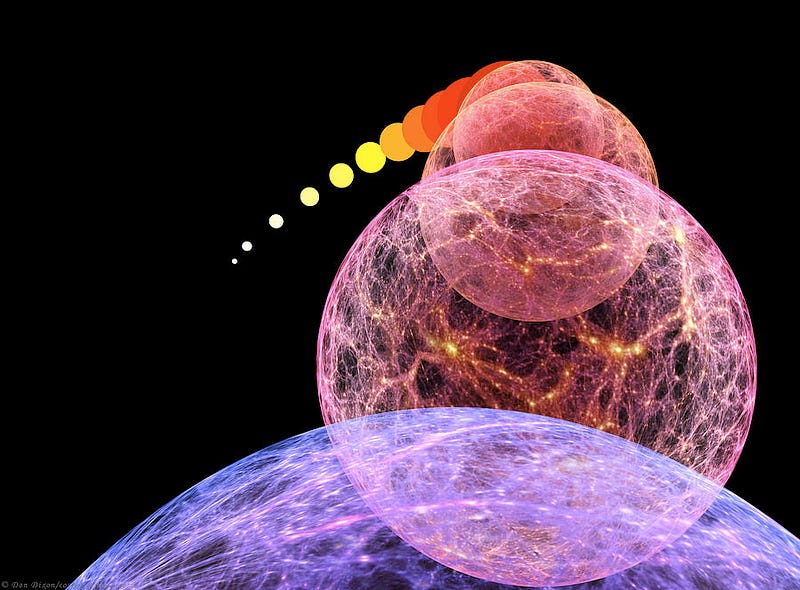
Earlier than that, we have ranges and limits for things like baryogenesis (the creation of the matter-antimatter asymmetry), grand unification (which may or may not have happened) and inflation. We know, for example, that inflation ended (giving rise to the Big Bang) sometime between 10^-35 and 10^-20 seconds, counting from t=0 (a naive extrapolation for the Big Bang back to a point of infinite density and temperature). The uncertainties on these numbers are quite large, as you can see.
So we can put this all together — we often omit the uncertainties and just give the mean, most likely values — and create a timeline for the history of the Universe. In my case, I like to scale it to one calendar year, for perspective.

And that’s how we know, to such great precision, how the history of the Universe works! Thanks for a great question, Scott, and I hope the answer satisfies you. If you’ve got a question or suggestion for Ask Ethan, send it in, and the next column just might be yours!
Leave your comments at the Starts With A Bang forum on Scienceblogs!





